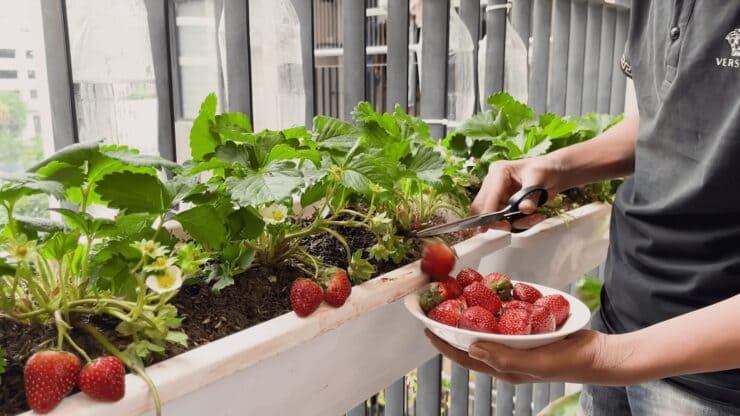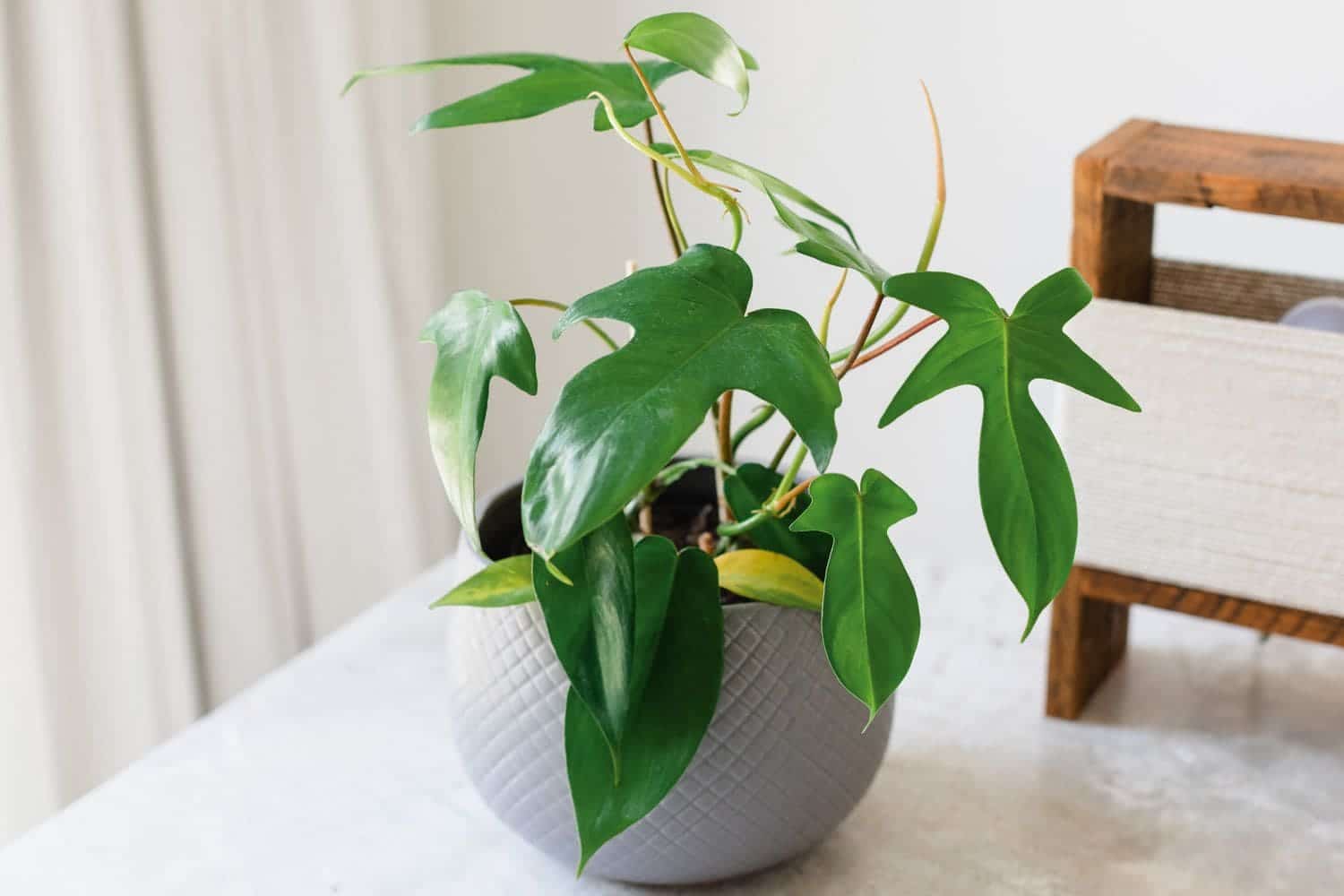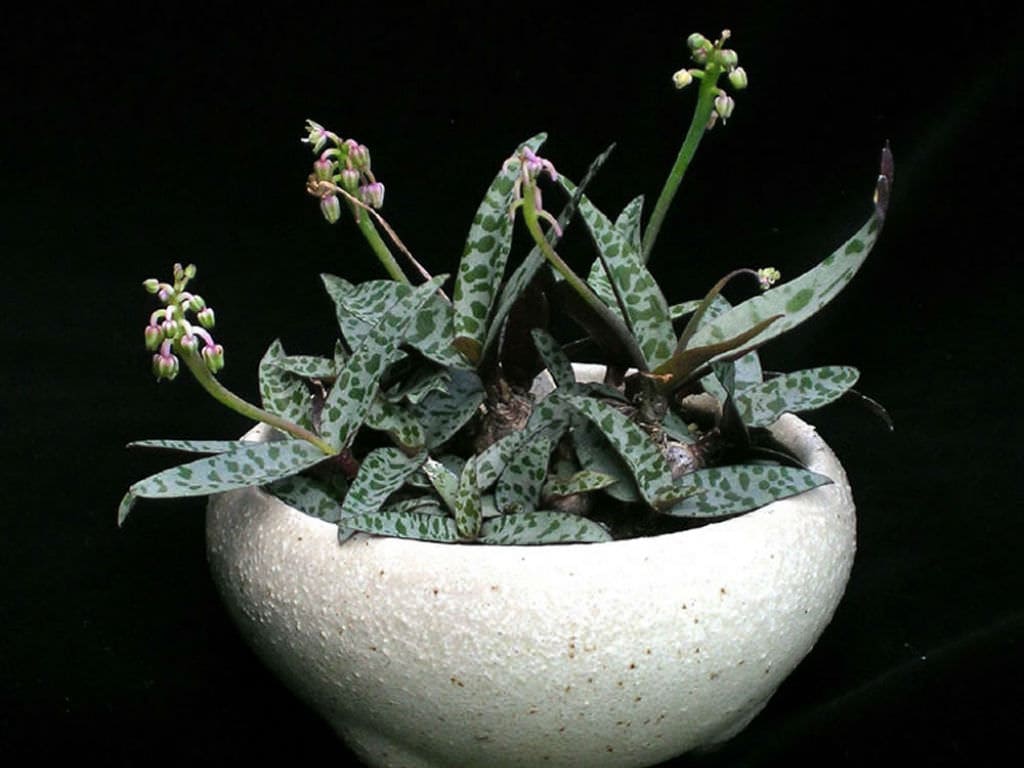Introduction
Welcome to the ultimate guide on growing strawberries indoors. Strawberries are delightful fruits loved by many for their juicy sweetness and versatility. While traditionally grown outdoors, it’s entirely possible to cultivate these delectable berries indoors, allowing you to enjoy fresh strawberries year-round regardless of climate or season.
Understanding the Basics
Getting Started with Indoor Strawberry Cultivation
Growing strawberries indoors requires careful planning and attention to detail. Here’s what you need to know to get started:
- Selecting the Right Varieties: Opt for compact or trailing varieties suited for indoor cultivation, such as Alpine strawberries or Everbearing varieties.
- Choosing the Ideal Containers: Use containers with proper drainage to prevent waterlogging and ensure adequate airflow around the roots.
- Providing Adequate Light: Position your strawberry plants in a location that receives at least 6-8 hours of sunlight daily. Supplemental grow lights can be used for areas with insufficient natural light.
Preparing the Growing Medium
The growing medium plays a crucial role in the success of indoor strawberry cultivation. Consider the following:
- Soil Requirements: Use well-draining, nutrient-rich soil with a slightly acidic pH level (around 5.5-6.5).
- Alternative Growing Mediums: Experiment with soilless mixes or hydroponic systems for a cleaner, more controlled growing environment.
Planting and Maintenance
Once you have everything set up, it’s time to plant your strawberries and provide them with the care they need to thrive indoors:
- Planting Depth: Ensure the crown of the strawberry plant sits at soil level to prevent rotting.
- Watering: Maintain consistent soil moisture, avoiding both underwatering and overwatering, which can lead to root rot.
- Fertilization: Feed your strawberry plants with a balanced fertilizer formulated for fruiting plants to promote healthy growth and abundant fruit production.
Troubleshooting Common Issues
Despite your best efforts, you may encounter challenges along the way. Here’s how to address some common issues:
- Pest Management: Keep an eye out for pests such as aphids or spider mites, and promptly address any infestations using organic pest control methods.
- Disease Prevention: Practice good sanitation practices and proper air circulation to minimize the risk of fungal diseases like powdery mildew or botrytis.
Harvesting and Enjoying Your Indoor Strawberries
Knowing When to Harvest
One of the joys of growing strawberries indoors is the anticipation of harvesting your homegrown berries. Harvesting at the right time ensures optimal flavor and sweetness:
- Ripe Fruit Characteristics: Look for fully red berries with a glossy appearance and firm texture. Avoid strawberries that are still partially green or white.
Delicious Ways to Enjoy Indoor Strawberries
Once you’ve harvested your indoor strawberries, the possibilities are endless. Here are some delightful ways to enjoy your homegrown bounty:
- Fresh Snacking: Enjoy freshly picked strawberries on their own as a healthy and satisfying snack.
- In Smoothies and Juices: Blend strawberries into smoothies or juices for a refreshing and nutritious treat.
- In Desserts: Use indoor strawberries to create mouthwatering desserts such as strawberry shortcake, pies, or tarts.
FAQs (Frequently Asked Questions)
- How long does it take for indoor strawberries to bear fruit? Indoor strawberry plants typically start producing fruit within 4 to 6 weeks after planting, depending on the variety and growing conditions.
- Do indoor strawberries require pollination? While outdoor strawberry plants rely on bees for pollination, indoor plants can benefit from hand pollination using a soft-bristled brush to transfer pollen between flowers.
- Can indoor strawberries be grown hydroponically? Yes, indoor strawberries can be grown hydroponically using nutrient solutions instead of soil, providing precise control over moisture and nutrient levels.
- What are the ideal temperature and humidity levels for indoor strawberry cultivation? Indoor strawberries thrive in temperatures between 60-80°F (15-27°C) with moderate humidity levels around 50-70%.
- How often should indoor strawberries be fertilized? Fertilize indoor strawberries every 2-4 weeks during the growing season using a balanced fertilizer diluted to half strength to avoid overfeeding.
- Can indoor strawberries be grown from seeds? While it’s possible to grow strawberries from seeds indoors, most growers prefer to start with established plants or runners for quicker results.
Conclusion
In conclusion, growing strawberries indoors is a rewarding endeavor that allows you to enjoy the taste of fresh, homegrown berries year-round. By following the tips and techniques outlined in this guide, you can cultivate thriving strawberry plants and savor the fruits of your labor in various delicious ways.





